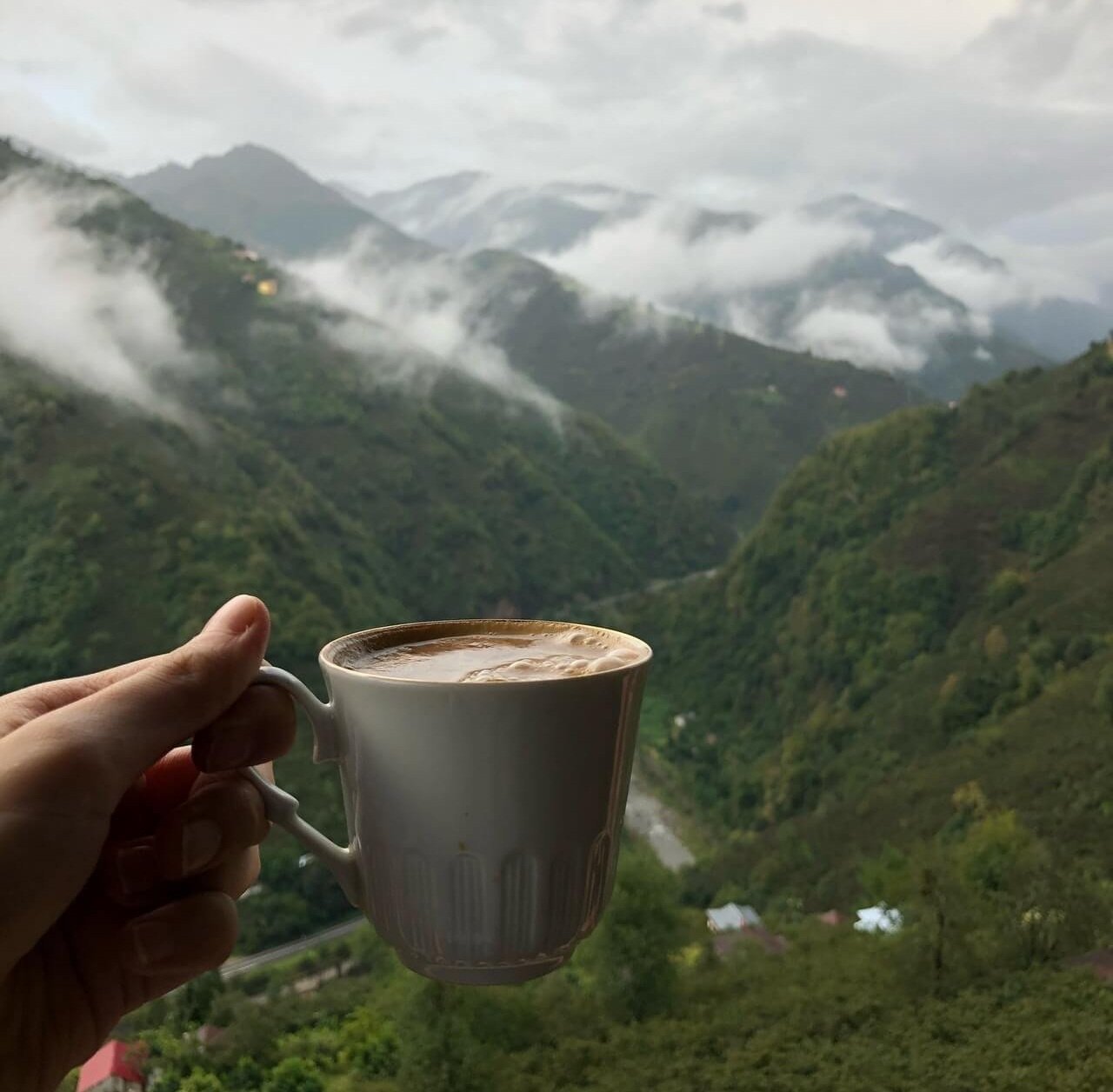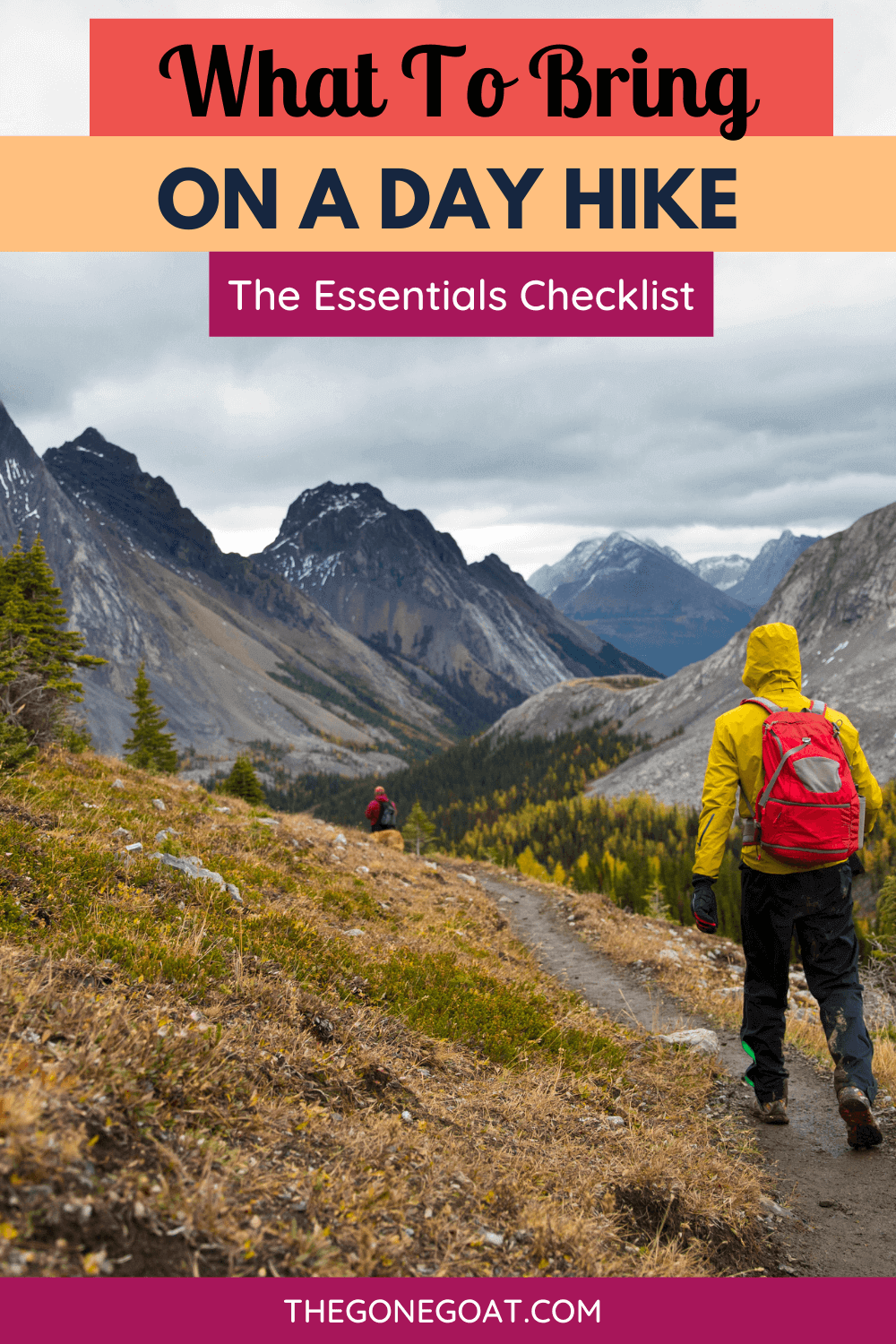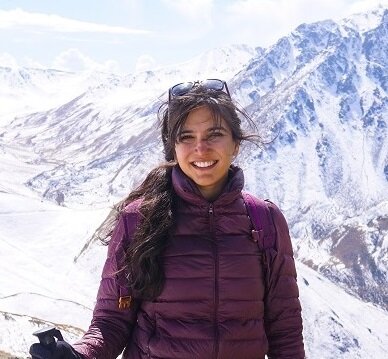What To Bring On A Day/Short Hike: The Complete Essentials In 2025
/I have known countless people who have turned to hikes during the pandemic and moved on from nature walks to out and all hiking.
When I started hiking, I used to be a complete noob — had cramps, got stung by wasps and had been caught unaware by the tropical rainfall.
Eventhough I survived and had relied on kind samaritans to provide me with emergency essentials, over the years, I realised how important it was to be fully equipped with the bare minimum.
You’re probably wondering, aside from a good pair of shoes, food, water, phone, GPS system, what should you bring?
As I plan on doing some day hikes with some local chapters in Asia, here are some of the day hiking essentials I would like to include so you won’t seem totally clueless.
Disclosure: Some of the links below are affiliate links. I only provide unbiased and completely honest recommendations. Read more about the site’s privacy policy.
The Non-Negotiable Essential Day Hiking List
Here’s what to bring on a day hike or short hike - the only essentials you’ll need
Starting with the main essentials, there is usually a list of essentials that every hiker would rely on. At the most when you’re day hiking, you’re usually out and about anywhere from 1.5 hours to 6 hours.
I would recommend going out with the bare minimum. Not a lot can go wrong with 2-3 hour hikes, and you don’t need a whole lot of gear but it makes sense to prep early so you can learn from experience.
If you’re packing for one month in Europe or Asia, you can always have a ready pack made for day trip hikes.
1. Fluids: Water purification systems (Sawyer water filter) or water purification tablets
Hours can go by, and if there’s one essential day hiking item that we can’t live without, it is water. At the very minimum, carry at least 1.5 litres of water in any water bottle of your choice. I try to bring 1.5 litres of water, and separate packs of small juice boxes for that extra sweet boost!
For longer hikes, you could also alternate with a hydration pack - similar to what trail runners carry!
2. Food: Trailmix, dry fruits and your own DIY sandwiches
With hiking and backpacking, most snacks need to be centered around weight and efficiency and need to be high in nutritional value with the right salt and natural sugar combo.
I like to bring a mix of banana oat muffins, Trail mixes, and dates as well! If you’re running out of ideas, here’s my go-to list for hiking and backpacking snacks.
3. Sun protection: sunglasses, sunscreen, SPF lip balm, sun protection clothing, cap
Some people tend to skip this altogether especially if the trail is particularly shaded, but I strongly believe in proper sun protection.
Dermatologists recommend using a sunscreen with an SPF of at least 30, which blocks 97 per cent of the sun's UVB rays. I personally use an SPF 50 or 130 and would highly recommend wearing long sleeve shirts with UPF50+ for proper protection. You could go the extra mile and use sustainable ingredients like creating your own with this easy lip balm recipe.
4. Navigation: download GPX files, maps, GPS devices
You can use offline maps or download GPX files to navigate your way through if you’re not sure of the route. If you’re solo and want to send alerts to your friends and family, we have a come long way with technology and some hiking trackers like Cairns are actually lifesaving.
Here’s my post on the best hiking apps out there!
5. Medicines: First aid kit that has alcohol swabs, handiplasts, antihistamine, oral salts
You could easily purchase a mini first aid kit with all the right tools so you don’t have to worry about accidents.
Some of the very basics include medicines like antihistamine which can be lifesaving if you are stung by a wasps and have a severe allergic reaction to some plants. If you have cramps, get those extra packets of oral salts!
6. Light & Batteries: Powerbank, headlight, spare batteries
It’s necessary to carry some form of illumination when you’re out there hiking! Your phone torchlight does not count and I would recommend carrying a headlight, spare batteries as well as powerbank for your phone.
7. Emergency Shelter: emergency foil blankets
These emergency blankets work to keep you warm by their very design. As impermeable metalized plastic sheet, they easily trap up to 90% of the radiated body heat that would normally be dispersed into the environment. Absolute lifesavers when it is cold and you need shelter!
8. Repair kit & pocketknife: applicable for 5-6 hour hikes if it’s a wilder area
I don’t recommend carrying a knife for short or day hikes but they can be useful if you need duct tape and need to sort out any rips in your gear!
9. Thick clothing: Extra jackets for rainy or cold weather
A fleece jacket or a rain jacket is all you need when you know you’re in for bad weather! Always opt for GORE-TEX for the highest quality lightweight, packable and waterproof jackets.
10. Extra sandals/slippers: For water crossings and muddy terrain
Keep an extra pair of hiking-ready slippers and sandals in your pack in case there are any river crossings or if you lose a pair of your shoes in muddy terrain (Has happened once to me when hiking in the mossy forest in Asia!)
Best Hiking Daypack & Gear
This could make or break your hiking experience — straps that are too itchy, clunky and not enough compartmentalization are some of the key things when buying a hiking daypack.
The size of your backpack depends on the number of hours and how much gear you’re planning to carry. A sweet spot is anywhere from 15L-30L, making 20L the ideal hiking daypack.
I am a huge fan of Osprey backpacks and they’re hands down the best in durability.
For men, I would recommend the Osprey Talon 22: You can carry along trekking poles, ice axe and even a bike helmet attachment points making it a truly multi-sport pack. The backpanel, hip belt and a strap for the bladder tube makes it really useful for hiking anywhere from 2-6 hours.
For women, I would recommend Osprey Daylite Plus Daypack or Osprey Sirrus 24L, the first is designed to attach to a number of Osprey’s larger packs and travel bags for use as a separate pod pack and the other is a great option even on 10 hour hiking terrains!
What To Wear When Hiking: The All-Weather System Gear
Clothing can be a hugely personal issue especially when you’re hiking. I had a friend who is an experienced hiker and yet he would turn up in jeans every single time. His justification? If the sherpas can do it, so can he!
Having said this, people have hiked for thousands of years without spandex and nylon, but barely ever in cotton.
Between hypothermia and chafing risks, I recommend not wearing jeans or anything cotton, choose gear that have purpose and this means choosing gear that is waterproof, and moisture-wicking.
Hiking In Summer:
The best fabrics for summer heat are polyester and nylon. You can wear cotton if you want to a for a moderate-hike but it not advisable. Here’s what to wear
Hiking in Spring:
When hiking in spring, layering is everything but you need not make it as exhaustive as a winter trek list.
Wicking t-shirts - short sleeve / long sleeve
Hiking in Fall:
The best time to go for a trek and the key here is to get convertibles (2-in-1 combos) so you can shed layers and put on more as and when the weather changes:
Hiking in Winter
A lot of synthetics and merino wool should be used when hiking in winter.
Base Layer
Mid-Layer
Outer-layer
Sunglasses (to avoid snow-blind)
Lightweight Day Hiking Gear For A Bit Of Storytelling
After you have arranged and got all of your hiking gear in order, there may be a bit of space left to pack your camera, and if you’re someone who wants to enhance your stories and capture some memories, I thought I pen down some hiking tips with photography for you!
For what it’s worth, I usually hand-carry my camera or use a strap rather than keeping it in the backpack so I can be ready for any wildlife sightings.
I would be mildly aware of how certain gear can add noticeable weight and bulk to your bag.
Your choice, your camera: It doesn’t really matter what camera you have — there are plenty of options out there and the one I have been using has been Sony’s A-series (A6000) and my Oneplus Phone occasionally. If you’re on the mirrorless train, it makes it easy to really shoot quality pictures on the go! (Also read: The Best Sony Mirrorless Camera for Travelers: Ultimate Camera Adventure Kit)
Scouting: It helps in finding moments during this trek that are worth shooting. It is a bit of homework-slash-inspiration where you can go to Instagram to find spots where people photograph or a more nerdy way is to download Photopills (the app) to plan your sunrise and sunsets.
Invest in a tripod: To stabilise your shots and shoot those beautiful sunsets or timelapses, get a small lightweight tripod and stay until the light is right.
Understand if this is a photo-trip or non-photo trip, the priority for me sometimes when hiking on certain trips where I don’t really care much for scouting pictures but I am here to soak in the moment as much as possible.
Few Extras When Day Hiking (Only When You Have Space!)
Every one has that one luxury item that would elevate their hiking trip — if you have space for one extra item that is comfortably within your pack weight limit, these are the items that I would highly vouch for:
Peanut butter jar or chocolate: A dessert or treat in the mountain is perfect when you need a little pick me up for those tough hikes. To make it more wholesome, pack your favourite nut butter of your choice and for a more lightweight option try RX chocolate peanut butter.
Hammock: A hammock is an easy way to lounge around in the mountains for an hour or so when you just want to slow it down and take in the surroundings. Pack one that weighs less than one pound.
Insulated flask filled with coffee or chocolate: I dream of hot coffee and chocolate whenever I am in the mountains and this might be the perfect thing when it is windy and you want to just relax and have the perfect cuppa! Healthy human bottle stays hot for 12 hours as well!
Gopro or an extra camera lens: I like to bring my wide-eyed Sigma camera lens if space permits, but if that doesn’t work out, a handy Gopro to capture some of the best moments is actually a pretty good luxury item and can make for some interesting footage when you’re out and about!
Portable speakers: This might be a big no-no for some as after all you’re coming here to listen to nature, but for some, music is a game-changer and can really reel in those thoughts and memories or even to not feel alone on those long solo hikes!
Thoughts On What To Bring For Day/ Short Hiking!
There are no hard and fast rules when it comes to bringing what you want on short day hikes, but I have always relied on a combination of necessities and some little luxuries to keep me hiking!
The most important thing is that you “leave no trace” behind and focus on not being too gear-conscious but the experience and thrill of being able to get outside.
Other hiking and backpacking resources:
Like this? PIN IT!










